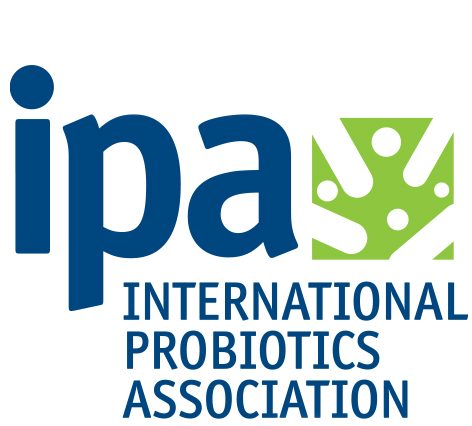As people age, their mix of microbes, like their politics, is fairly stable.
Not so, the young. Microbes in infants and small children are easily swayed by all sorts of environmental forces: mode of delivery (Cesarean section or vaginal), food delivery (breast or bottle), and medications.
Antibiotics exact a considerable toll on the palate of bacteria in the young.
For one, antibiotics are common in the first few years of life as parents and practitioners are less apt to let a cold or ear infection run its course in a fragile population.
Antibiotics practice scorched earth policies by killing good as well as the offending bacteria.
And this is the NEWS FLASH:
Those good bacteria may be gone for good.
“Studies have revealed both transient and persistent alterations to the adult gut microbiota community resulting from antibiotic treatment later in life.” According to a review by Molly K Gibson and colleagues, published as Antibiotics and the developing infant gut microbiota and resistome in Current Opinion in Microbiology in October of 2015.
Resistome: what is this exactly? A newish expression for an old phenomenon: the group of antibiotic-resistant genes in our bacteria. Our bacteria—good as well as bad—need protection against incoming meds as well as antibiotics they produce themselves.
It appears the resistome can be modified. “Antibiotic treatment leads to long-term enrichment of antibiotic resistance genes,” write the authors, “and promotes transfer to pathogens.”
Thus the impact is personal—immediate and long-term changes to the microbiome—and globally penetrating as antibiotic resistance has become a real danger due to the deluge of antibiotic treatments for unwarranted conditions.
Antibiotics may not work when we really need them, making each of us the boy who cried wolf. Even worse, if resistance lies partly in the genes, the threat rises exponentially because now we are passing the defect down to children and grandchildren.
The authors write:
In addition to understanding the impact of these disruptions on the infant gut microbial architecture and related host diseases, we need to understand the contribution of early life antibiotics to the selection of antibiotic resistance gene reservoirs in the microbiota, and their threat to successful treatment of infectious disease.
